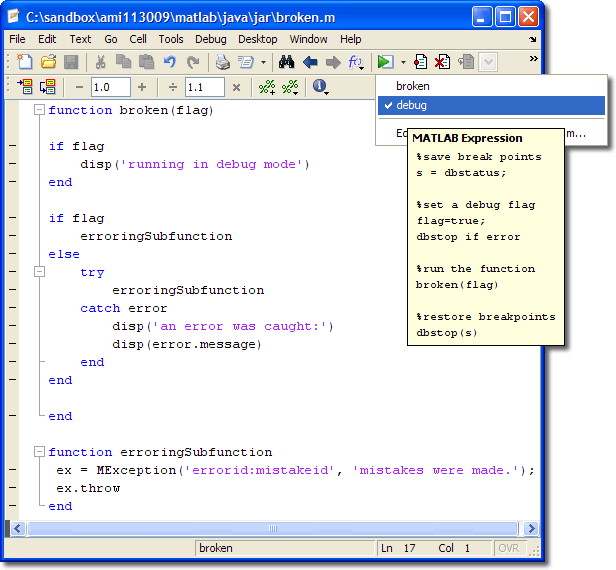

Feel free to check out forms in the Praat manual, we'll talk about them more in depth later (in the chapter named Pop-up windows) since they have their quirks.How to Uninstall Praat 6.0.17 Application/Software on Your Mac We should now have a simple script that anyone could use. PauseScript: "Done! The script ran with no errors."Īnd here's the topmost part of the same script, altered to use a form, to have the user enter the names of the tiers for the TextGrid. # Tell the user the script ended without error # Remove newly opened objects for cleanup PauseScript: objName$ + ".TextGrid" + " exists! Overwrite?" OutPath$ = inDir$ + objName$ + ".TextGrid" TextGrid = To TextGrid: tierNames$, pointTiers$ # It wouldn't throw an error, it would just # Note that the script exits without error #if there are no files, we have a problemĮxitScript: "I didn't find any. InDir$ = chooseDirectory$: "Select folder with your. # beginning, so that this script will be easier # Let's set the names of the tiers at the Watch out! The list of strings gives you the file names, it doesn't give you a complete path to the files! Also, watch out for which objects are selected when you loop. Again, try it out yourself first for maximum fun and learning. This script will be very useful, so let's try to make it flexible, and easily shareable with non-scripty friends (we'll have them choose the directory). wav file in a folder, and create a TextGrid with an interval tier named "segments" and a point tier named "points", and save them to the same directory. Let's use this newfound knowledge to open every.

WavList = Create Strings as file list: "wavList", inDirWild$ Lastly, you'll have to add your wildcard if you only want files of a certain extension: That means we'll get a file called "Desktopjazz.wav" in my home folder! Here's my preferred way, since I don't have the habit of prepending slashes to names of files: If I chose the desktop, I would get this: If you look closely at the result, it's not what we want, since we're missing a slash. The path that it returns doesn't have a slash at the end, so we'll have problems if we do this: InDir$ = chooseDirectory$: "Choose the folder containing your wav files" Remember the chooseDirectory command from the last lesson, that lets the user choose a folder for us? Enter this and run it:

WavList = Create Strings as file list: "wavList", inDirWavs$ Wd$ = homeDirectory$ + "/Documents/praatTutorial/sampleData/" Note the variables I set up for the path here: wav files in praatTutorial/sampleData/fileLooping. We can do this with a "wildcard", which is a character that will match anything, and in this case is the asterisk "*". It's typically much easier and safer to open, for example, all of the. One potential issue with this is that we got all of the files in that folder. Try it out and come back to see my version below.ĭownloadsList = Create Strings as file list: "downloadsList", wd$
Praat preferences directory how to#
Using this information, figure out how to write a script that gets a list of files in your Downloads folder, and prints their names to the info window. Look at the available commands in the buttons on the right in the object window. Click on View & Edit, see what's in there. Take a look at the strings object it created for you. The first argument is the name of the Strings object you will create, and the second is the path to a folder. Try it out with the mouse to see what arguments the command needs, and what it returns to you. ("Create Strings as directory list" will give you a list of folders).

To get a list of files in a directory, use "Create Strings as file list", which is a command in the "New" dropdown menu. If you want to run your script on every item contained in a folder, you need to loop over its contents. Since you already know how to read files, and you know how to loop, this should be cake.


 0 kommentar(er)
0 kommentar(er)
